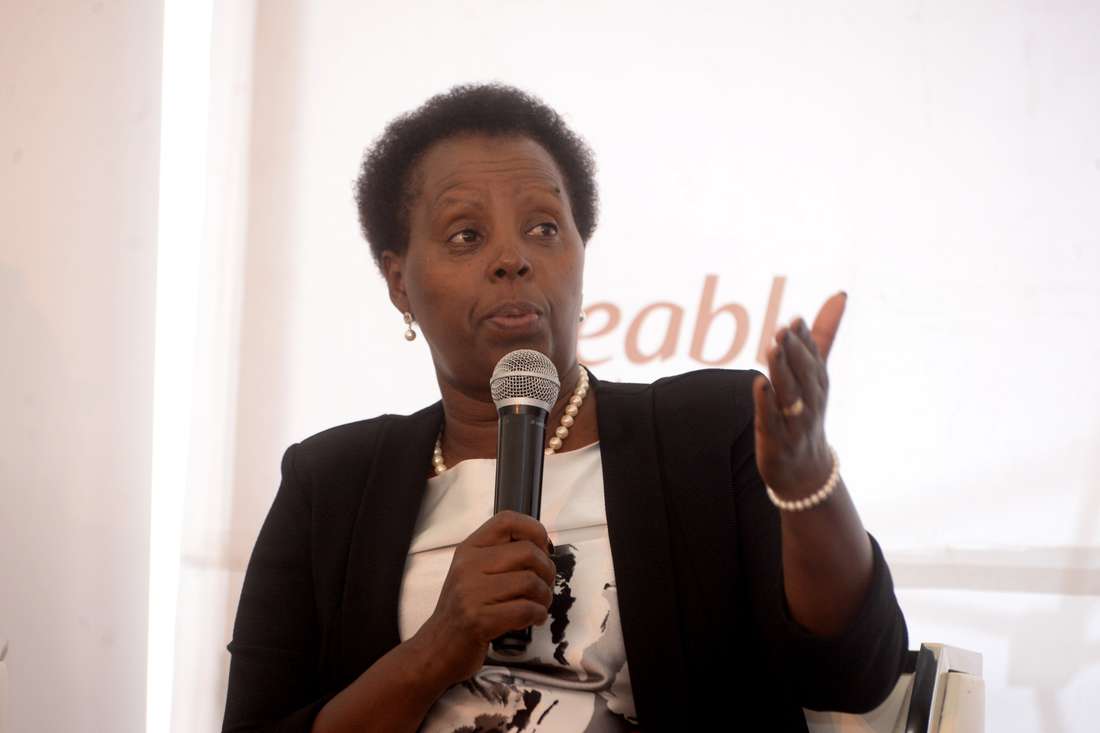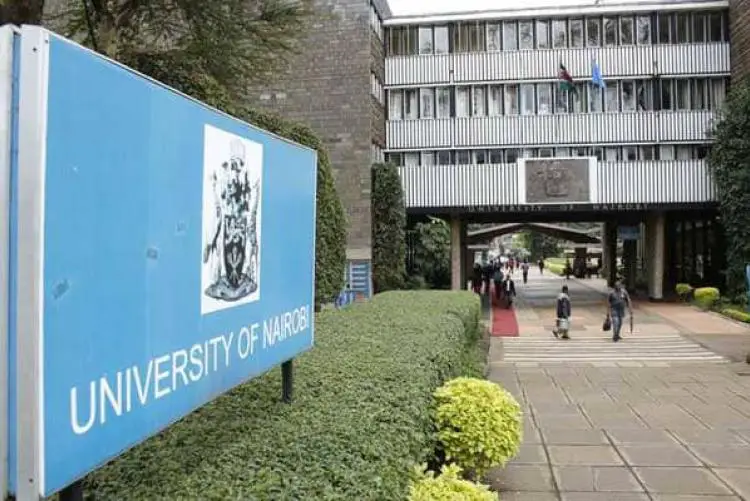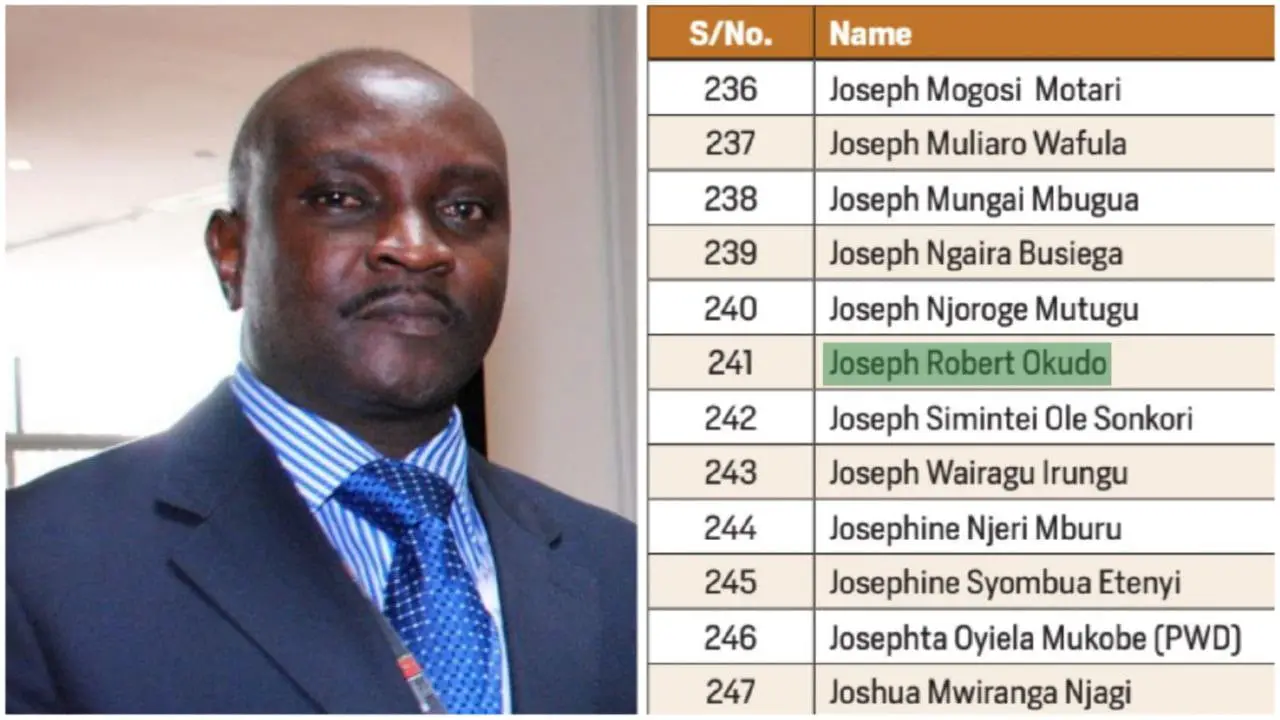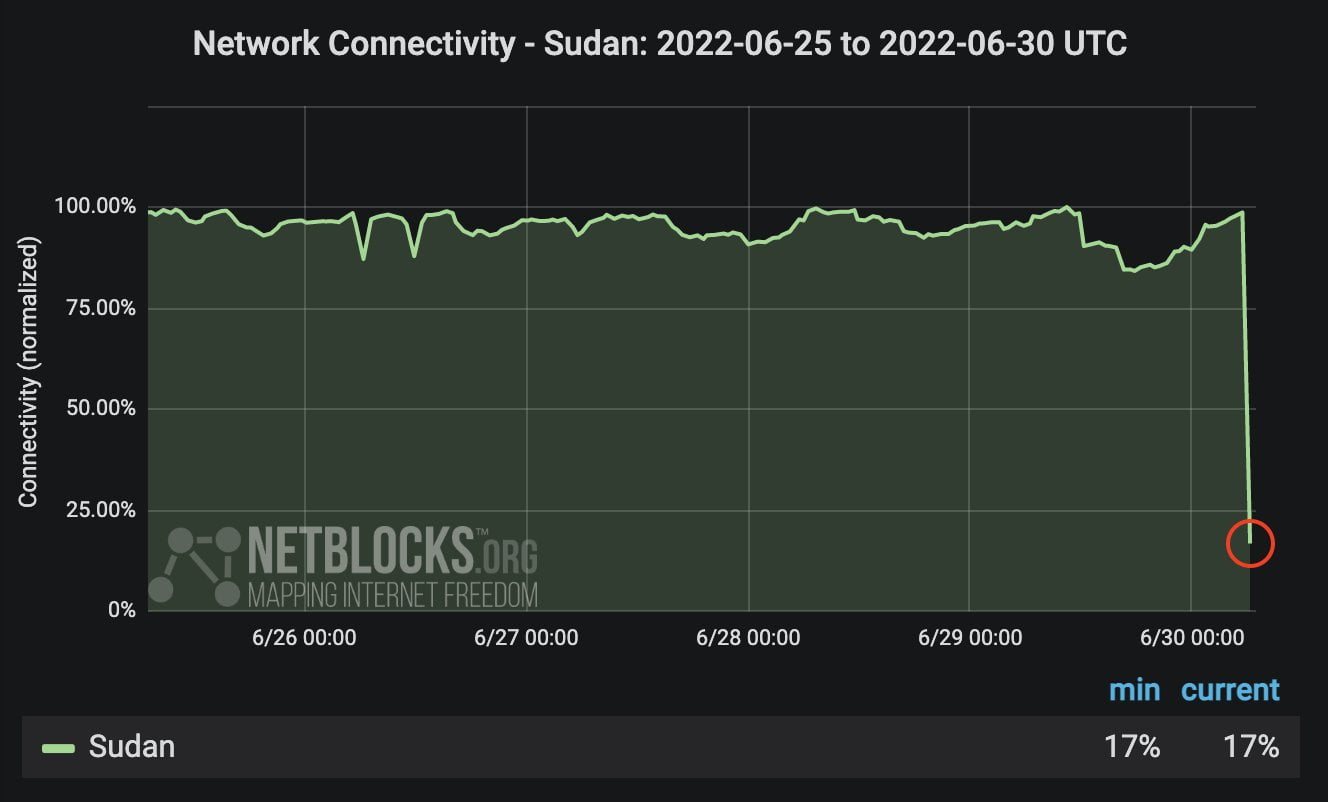The National Treasury is once again on the spotlight for supporting proposals by vice chancellors to triple university fees to keep the broke institutions of higher learning operational.
Treasury PS Julius Muia told Parliament that fee review is part of key policy options to ensure financial sustainability in the institutions.
The vice chancellors want the tuition fees hiked to Sh48,000 from the current Sh16,000 for fresh students, in what they claim will speed up cash flow and service delivery.
The VCs made the proposal without any consideration that the prevailing covid-19 pandemic has left many families jobless and broke.
“Our suggestion is that we increase tuition fee to Sh48,000, then raise bursary allocation for those students not able to raise that amount,” Muia told the Parliament’s Committee on Education.
The abnormal tripling of fees is part of the first major change on university fees since free university education ended in 1991 that was followed by introduction of student’s loans scheme-Higher Education Loans Board (Helb)- in 1995.
The suspicious move to review fees comes at a time Kenyan universities continue to register a major decline in the number of self-sponsored students attributed to a serious drop in number of students scoring the set C+ grade in KCSE to proceed to university.
The sharp fall has affected cash flow pushing the universities to cut down on hirings and hold expansion plans due to the ballooning debts.
Data from the Education Ministry shows that many universities can not honor obligations as retirement benefits, insurance premiums for employees and payroll taxes.
Kenyan universities have not remitted employee dues totaling to Sh34 billion and they comfortably blame it to deepening cash crisis.
The state in 2017 funding to universities changed model to Differentiated Unit Cost (DUC) that attached allocation of budgets on number of the registered undergraduate students and their respective courses.
Prior to the introduction of the DUC, academic programmes received a flat rate of Sh120,000 per year per student.
The new plan (DUC) aims to have the government cater for 80% of the funding with the institution and students footing the left 20%.
















































